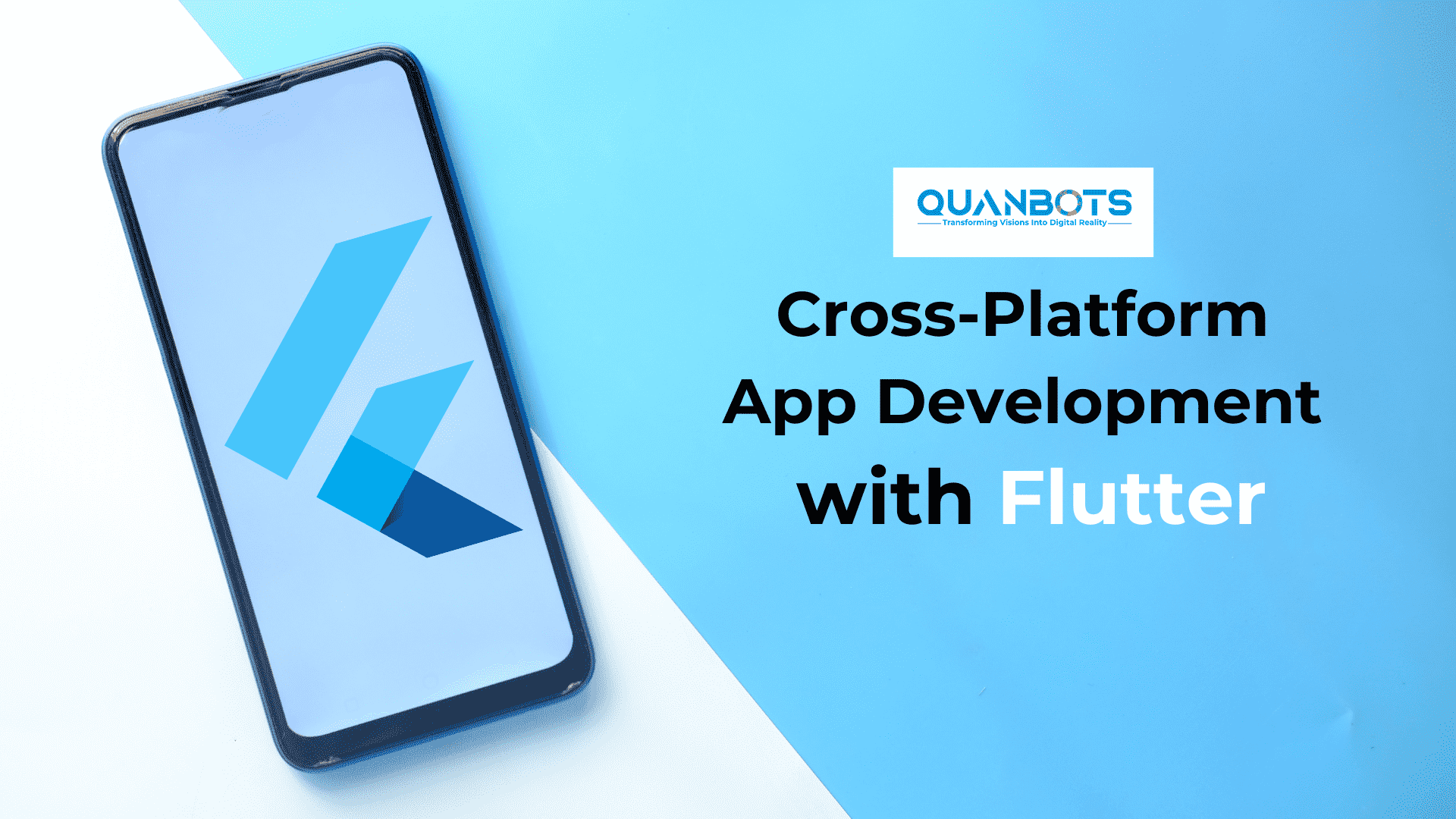Benefits of Cross-Platform App Development with Flutter:
1. Fast Development Time:
Flutter's hot reload feature significantly reduces development time by allowing developers to instantly see changes to the code without restarting the app. This iterative development process enables faster iteration, experimentation, and debugging, resulting in shorter development cycles and quicker time-to-market.
2. Native Performance:
Flutter offers native performance and user experience on iOS and Android devices, thanks to its use of the Skia graphics engine and compiled native code. Flutter apps are smooth, responsive and performant, with consistent performance across different devices and platforms.
3. Single Codebase, Multiple Platforms:
With Flutter, developers can write code once and deploy it across multiple platforms, including iOS, Android and web. This unified approach to development streamlines the process, reduces duplication and ensures consistency in functionality and user experience across platforms.
4. Rich Set of Widgets and Libraries:
Flutter provides a rich set of customizable widgets and libraries that enable developers to create beautiful and immersive user interfaces with ease. From material design components to custom animations and gestures, Flutter offers everything developers need to create visually stunning and feature-rich apps.
5. Growing Community and Ecosystem:
Flutter has a vibrant and growing community of developers, contributors and enthusiasts, supported by a robust ecosystem of tools, plugins and resources. From documentation and tutorials to community forums and third-party packages, Flutter offers ample support and resources for developers at every skill level.

